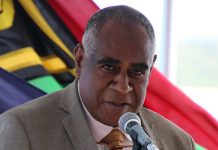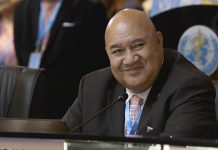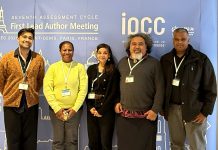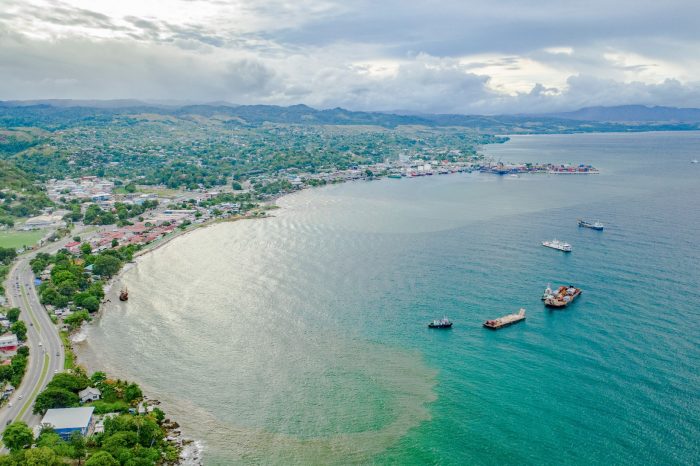New air quality research has shown highly concerning levels of airborne pollution in Pacific Island urban areas and their surrounds, with acceptable annual and daily limits for airborne particles in the size of 2.5 and 10 microns (PM2.5 and PM10) exceeded in both Fiji and the Solomon Islands over the course of the study.
The findings are based on four years of data from the first continuous and comparative air quality monitoring effort in the Pacific, focused in urban and surrounding areas of Fiji and the Solomon Islands. Collected with the assistance of Pacific governments and local universities, it is the first assessment of its kind in the region and considers the recently updated 2021 World Health Organisation (WHO) Air Quality Guidelines.
Ambient – or outdoor – air in urban Honiara, Solomon Islands was identified as the most polluted area in the study, with 75 percent of the 1256 days of measurement exceeding WHO standards for 24-hour averaged PM concentration, often by double or triple the recommended levels, posing a major health concern for the local population. Honiara is the capital and largest city of Solomon Islands.
“Exceeding the WHO Air Quality Guidelines for ambient air quality carries significant health concerns. Vulnerable demographic groups, namely the elderly, women and children, are particularly at risk,” said lead author Dr Jimmy Hilly, from UNSW’s Air Quality and Odour Laboratory.
“These findings highlight the urgent need for government action to establish robust air quality standards and long-term monitoring programs in Fiji and the Solomon Islands to mitigate health risks from poor air quality.”
Poor air quality causing increasing rates of health impacts
National or regional air quality monitoring, as well as associated risk and impact assessment, are largely absent in Pacific Island countries, territories and states. The researchers used seed funding from the Australian Human Rights Institute and Faculty of Engineering at UNSW Sydney to deploy technology which monitored and sampled air quality in Fiji and the Solomon Islands, allowing air particles to be captured for laboratory analysis.
Ongoing laboratory investigation is looking into the characteristics of the particles and identifying the contribution to the overall burden of air pollution from key sources of pollution. These are activities such as waste burning, vehicular emissions, diesel-powered generators for grid-based electricity, industrial activities, and natural processes.
“The Pacific is a region of high ambition and leadership when it comes to addressing climate change, and Fiji and the Solomon Islands had identified increasing rates of health impacts in their populations due to poor air quality,” said the project Chief Investigator, Associate Professor Andrew Dansie, Academic Lead of UNSW’s Humanitarian Engineering Programme.
“The results show very concerning exceedances of airborne particulates, but through science-informed policy and decision-making, improvements should be rapidly observed in the data of the ongoing monitoring network. The leadership and ambition of the Pacific to improve air quality as a co-benefit of addressing climate change will see improvements to human health, energy security, and the environment.”
The Pasifika air quality research partnership was expanded in 2023 to include Tonga and Vanuatu in partnership with their respective governments and University of South Pacific (USP) regional campus, which will increase data and information for local decision-makers facing public health concerns. Not yet published data from the urban and peri-urban environments in these countries are showing similarly concerning exceedances of airborne particulate daily and annual averages.
Air pollution was linked to more than 700,000 deaths in children under five years old in 2021, according to the 2024 State of Global Air report. Children in the Solomon Islands are experiencing a high disease burden of lower respiratory infection (LRI) with an incidence of 774 cases per 1000 children under five years. Almost half of all LRI cases in children can be attributed to household air pollution.
UNSW Humanitarian Engineering research has also been studying school children’s exposure to air pollution in the Solomon Islands, with the aim of assisting government to develop policies that support sustainable energy transition together with initiatives that address the socio-economic standing of local communities. Initial data collection is showing that, in Honiara, indoor air pollution can be even worse than the alarming outdoor readings reported.














